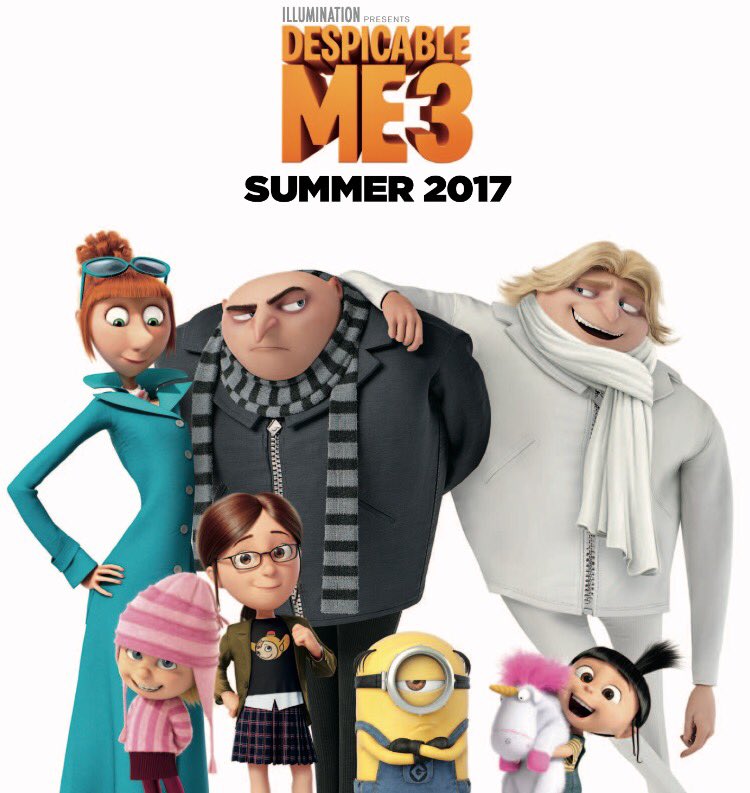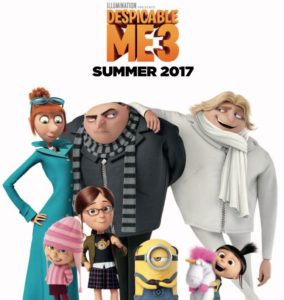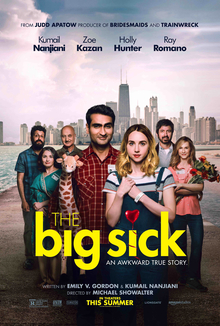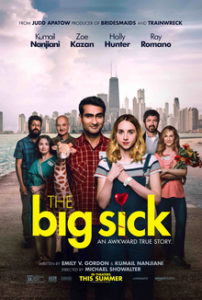Spider-Man: Homecoming
Posted on July 6, 2017 at 5:24 pm
B +| Lowest Recommended Age: | Middle School |
| MPAA Rating: | Rated PG-13 for sci-fi action violence, some language and brief suggestive comments |
| Profanity: | Some teen language |
| Alcohol/ Drugs: | None |
| Violence/ Scariness: | Extended comic book/action/fantasy peril and violence, chases, explosions, guns, characters injured and killed |
| Diversity Issues: | Diverse characters |
| Date Released to Theaters: | July 7, 2017 |
| Date Released to DVD: | October 16, 2017 |
This latest version of Spider-Man is a homecoming indeed, taking us back to the teenage Peter Parker, a bright kid going to high school in Queens, trying to figure out how to talk to the prettiest girl on the Academic Decathlon as he is also trying to figure out what it means to have the great responsibility that comes with great power. Holland, less soulful and more excitable than his recent predecessors Tobey Maguire and Andrew Garfield. In this version (thankfully omitting the radioactive spider bite origin story), Peter Parker (Tom Holland) is just 15 years old, a high school sophomore, and that means that everything that is happening to him is equally momentous, whether it’s a school field trip to Washington DC for the Decathlon or another kind of field trip that involves an all-out battle with members of the Avengers fighting each other.
We got a glimpse of Holland as Spider-Man and Marisa Tomei as a very young and appealing Aunt May at the end of the last Avengers movie, “Captain America: Civil War,” when Tony Stark (Robert Downey, Jr.) brings him to the big fight. This movie reminds us that is where we left off by letting us revisit that episode through Peter’s eyes. Of course if Tony Stark comes to get you and you end up stealing Captain America’s shield in a huge intramural Avengers battle, and you’re just 15 years old, you’re going to be super-excited and you’re going to record it all on your smartphone.
And once the battle is over, he’s going to be back to his regular life of school during the day and very polite crime-fighting at night, explaining his absences to Aunt May and his friends by saying he has a special internship with Stark Industries. Peter is eager to get back into the big leagues: “I feel like I could be doing more.” But Stark and his aide, Happy (“Iron Man” director Jon Favreau) tell him to stay home and work on his skills. “Just be a friendly neighborhood Spider-Man,” Stark says, and Happy warns, “I’m responsible for seeing that you’re responsible.” But he does give Peter a very cool Spark-designed super-suit with many upgrades, and seeing Spidey discover and master them is a big part of the fun.
Michael Keaton plays the bad guy, bringing some of his comic-book vibe from “Batman” and “Birdman.” His character is Adrian Toomes, who is initially given the salvage contract to dispose of the mess left after a super-battle. When his group is replaced, putting the survival of his company in peril, he liberates some of the alien weapons left behind and becomes an arms dealer, ruthless in business but devoted to his family.
The film goes back and forth between superhero action and a John Hughes style teen movie, with with affectionate references to “Ferris Bueller,” “Sixteen Candles,” and “The Breakfast Club.” There is a nerdy best friend (Jacob Batalon as Ned), a way-out-of-his-league girl (Laura Harrier as Liz), a girl with some potential (Zendaya, wryly hilarious), a school field trip for the Academic Decathlon (with a rescue at the Washington Monument), a Spanish quiz, and a prom, all interrupted by some wild stunts, including a split-down-the-middle Staten Island ferry and a world-depends-on-it hijacking of some of the Avengers’ most important objects.
It’s funny (keep an eye out for Captain America’s school videos), it is exciting (the action scenes are very well paced), and it is smart, not overlooking the chance to compare Toomes’ weapon sales to unsavory characters to Stark’s. Holland is an immensely appealing Peter, young but already very much a hero. His super-challenges keep interfering with his teenage rites of passage, but my spidey-sense tells me he’s just right for the job.
NOTE: Stay ALL the way to the end for a second and very funny credits scene featuring one of the Avengers.
Parents should know that this film includes extended comic-book/fantasy action peril and violence, characters injured and killed, some disturbing images, chases, explosions, murder, and some teen language and sexual humor.
Family discussion: How does this differ from other Spider-Man movies? Why does Peter say no to Tony?
If you like this, try: more Marvel movies and some John Hughes movies, too









